Nocluewhattodo
TPF Noob!
- Joined
- May 25, 2017
- Messages
- 3
- Reaction score
- 0
Hi guys I'm hoping some of you could help give me some ideas about what lens to get my girlfriend for shooting pictures of stars. Or at the very least what to look for. She is new to it and I wanna get her something to experiment with. Please try to remember I'm not wealthy so as best as you can on price and quality! Any help is appreciated!! (P.s. photography isn't my thing so you might need to explain stuff)


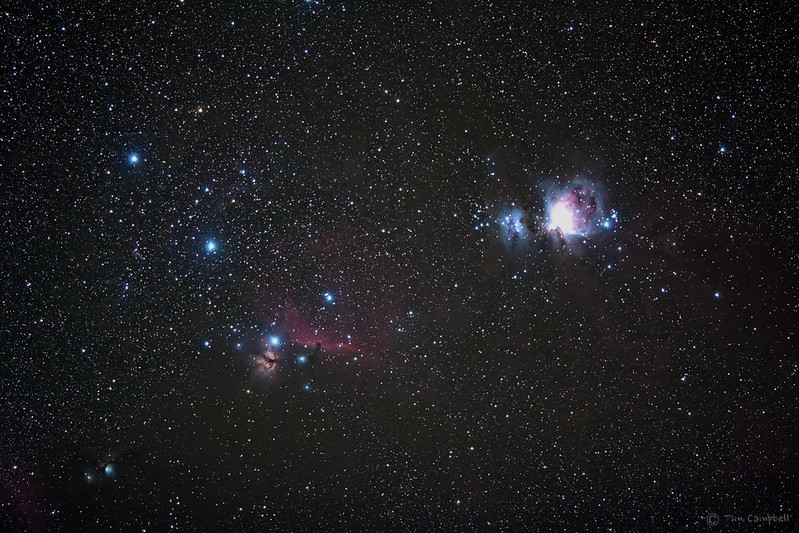
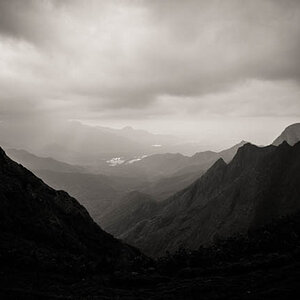
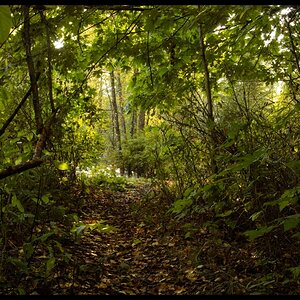
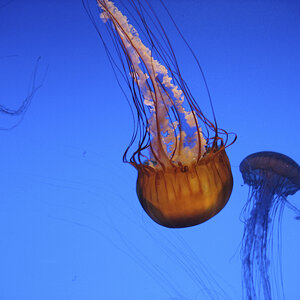
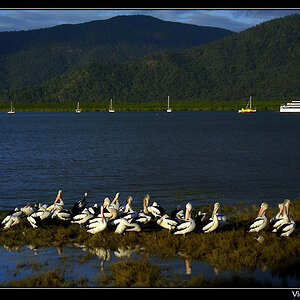
![[No title]](/data/xfmg/thumbnail/41/41761-8ca3fbaa811d0935e3ce369aaf34fdd8.jpg?1619739884)
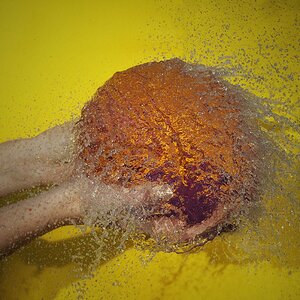
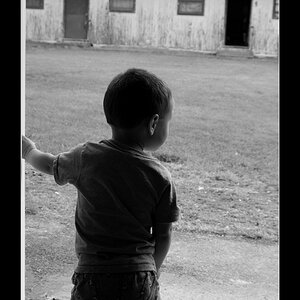
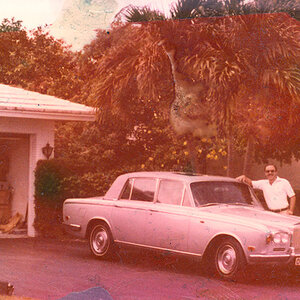
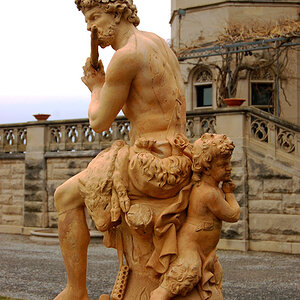
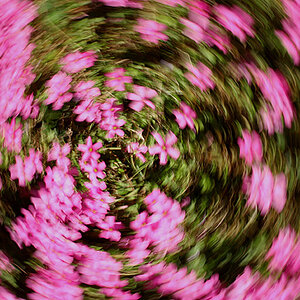
![[No title]](/data/xfmg/thumbnail/41/41759-f0f73c457ebcb6dabcbddc7a3c000487.jpg?1619739884)
![[No title]](/data/xfmg/thumbnail/41/41760-e5b9dc90c1289f677ce3ca9dc1fa6dde.jpg?1619739884)